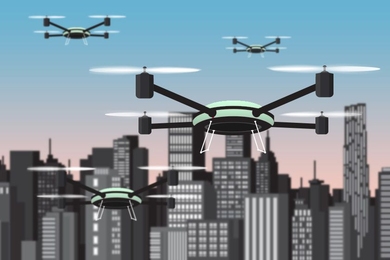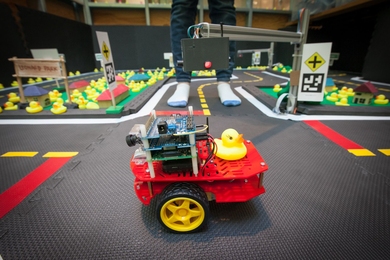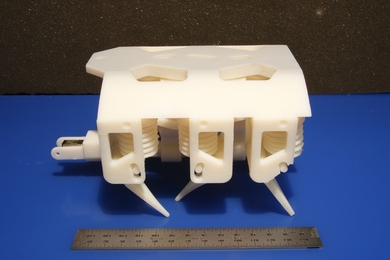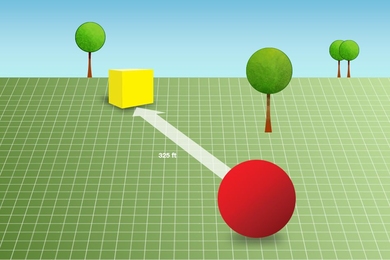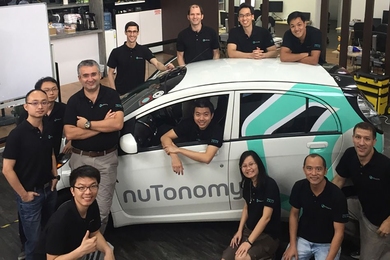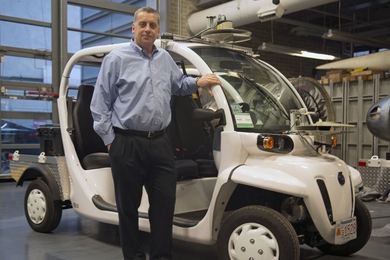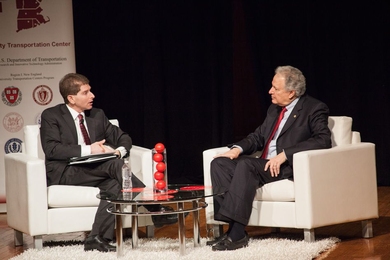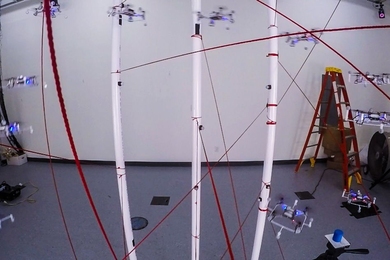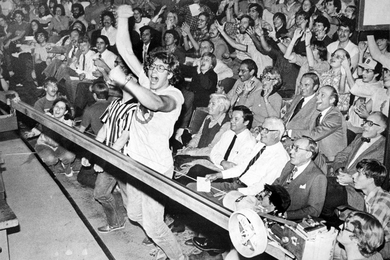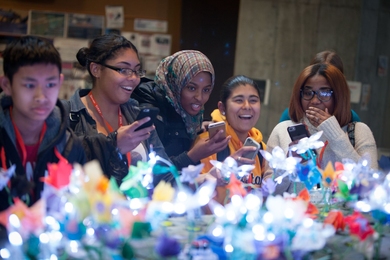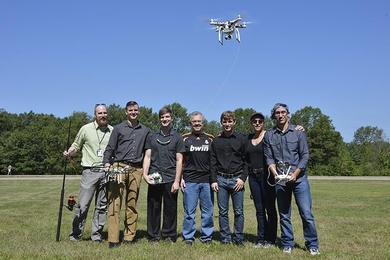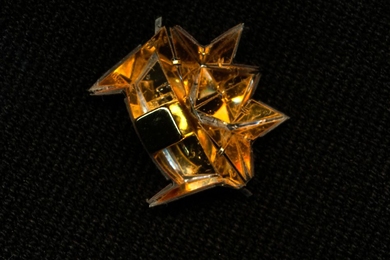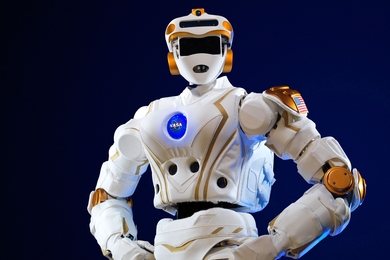Self-driving cars, meet rubber duckies
“Duckietown” class at Computer Science and Artificial Intelligence Lab teaches autonomy, aims to become global research platform.
First-ever 3-D printed robots made of both solids and liquids
System from Computer Science and Artificial Intelligence Lab 3-D prints hydraulically-powered robot bodies, with no assembly required.
Phone-based laser rangefinder works outdoors
Depth sensor built from off-the-shelf parts filters out ambient infrared light.
Startup bringing driverless taxi service to Singapore
Fleet of autonomous vehicles will serve as convenient form of public transit while reducing emissions.
Enabling human-robot rescue teams
System could help prevent robots from overwhelming human teammates with information.
Jonathan How named AIAA Fellow
MIT professor and engineer honored for significant contributions to the field of aeronautics.
Drones dodge obstacles
Motion-planning algorithms allow drones to do donuts, figure-eights in object-filled environments.
A mechanical engineering rite of passage at MIT
Since the 1970s, Department of Mechanical Engineering course 2.007 has introduced undergraduate students to hands-on designing and building.
CSAIL shows off demos to 150 high-schoolers for “Hour of Code”
Robots, 3-D printers, and a surprise guest aim to get students excited about computer science.
Connecting, protecting, and informing the next generation of first responders
MIT Lincoln Laboratory is developing high-tech tools to improve situational awareness during emergency response operations.
Data, drones, and 3-D-printed hearts
Looking back on the year that was: Highlights from the Computer Science and Artificial Intelligence Lab in 2015.
NASA gives MIT a humanoid robot to develop software for future space missions
Team led by Professor Russ Tedrake of CSAIL to develop algorithms for 6-foot-tall “Valkyrie” robot to travel to Mars and beyond.
